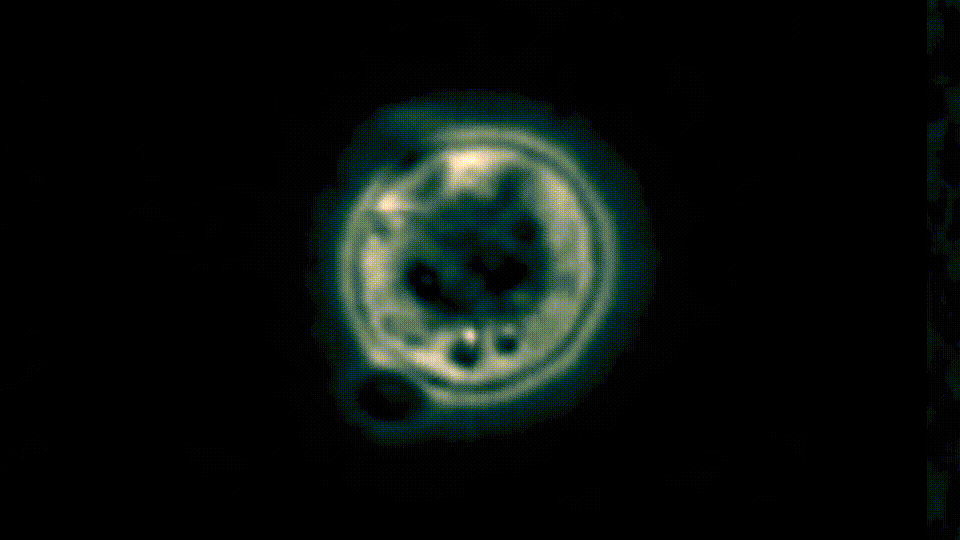Dry cell biology
The increasing complexity and volume of microscopy data presents an opportunity for deciphering fundamental biological processes by analyzing image data. Discovery of complex dynamic patterns in such data require deep knowledge of the biological process, the experimental possibilities, the type of information that can be extracted and the computational tools to extract it. The field is desperately in need of computational (or ‘dry’) cell biologists, interdisciplinary scientists who can drive biological inquiry by bridging cell biology and computer science.
We work at the boundaries of quantitative disciplines and cell biology, identify scientific problems, steer (but usually do not perform) experiments, import, adapt and apply quantitative tools, and interpret the data to conceive testable numerical predictions. Read our "dry cell biologist" essay (2016) and our perspective on data science in cell imaging (2021).
Visual interpretability of deep learning models
The success of deep learning in biomedical imaging comes at the expense of lacking biologically meaningful interpretations. We are developing explainable artificial intelligence (XAI) methods for bioimaging data (Viewpoint 2022, Comment 2024) and demonstrate applications in predicting melanoma metastatic aggressiveness (paper 2021, The Scientist highlight, twitter summary), in vitro fertilization (paper 2024, twitter summary), and in silico organelle localization (stay tuned!).

Bottom-up modular characterization of tissue state
How multicellular patterns emerge from the heterogeneous behavior and interactions of individual cells? We are developing computational methodologies for deciphering the information propagation between single cells in multicellular systems, driving an emergent collective cell intelligence, and applying it to diverse biological systems such as long-range cell-cell mechanical communication (paper 2023, twitter summary), collective cell death (paper 2020, twitter summary), multicellular calcium synchronization in vitro (paper 2022, twitter summary), and ex vivo (paper 2024, twitter summary), intracellular adhesion-mediated communication (paper 2024, twitter summary), and tissue organization (stay tuned!).

Machine learning applied to in-vitro fertilization (IVF)
Automated live embryo imaging has transformed IVF into a data-intensive field leading to the development of unbiased and automated methods that rely on machine learning for embryo assessment. Our contributions are in decoupling AI-based implantation prediction and embryo ranking (paper 2024, twitter summary), revealing that phenotypic correlations between sibling embryos provide predictive value regarding an embryo’s future implantation potential (paper 2023, twitter summary), visually interpreting the subtle encapsulated embryonic patterns identified by deep neural networks in vitro fertilization (paper 2024, twitter summary).

Measuring continuous cellular state transitions across scales
Obtaining a holistic mechanistic understanding of biological processes relies on the ability to continuously measure the physiological states of cells and molecular machines through time. We are leveraging live cell imaging and computation to systematically measure cellular state transitions across scales: multicellular signaling synchronization (paper 2022, twitter summary), single cell differentiation (paper 2024, twitter summary), and biomolecular complexes structural characterization (stay tuned!).

Promoting computational cell biology by sharing and reusing cell image data
A key step toward involvement of computational scientists in cell biology is making image cell data publicly available for secondary analysis, and appreciation of such research by the cell biology community. Read our Perspectives 2018 and 2024.
We are developing new computational methods and demonstrating them using published cell imaging data. Specific projects include in silico organelle localization (bioRxiv, twitter summary), high-content image-based phenotypic screening (bioRxiv, twitter summary) and spatial single cell omics (bioRxiv, twitter summary).





